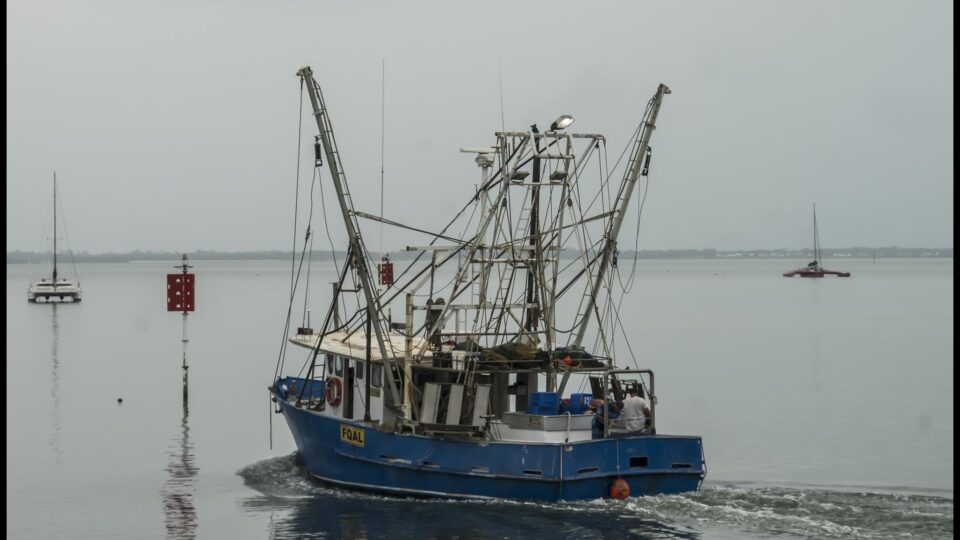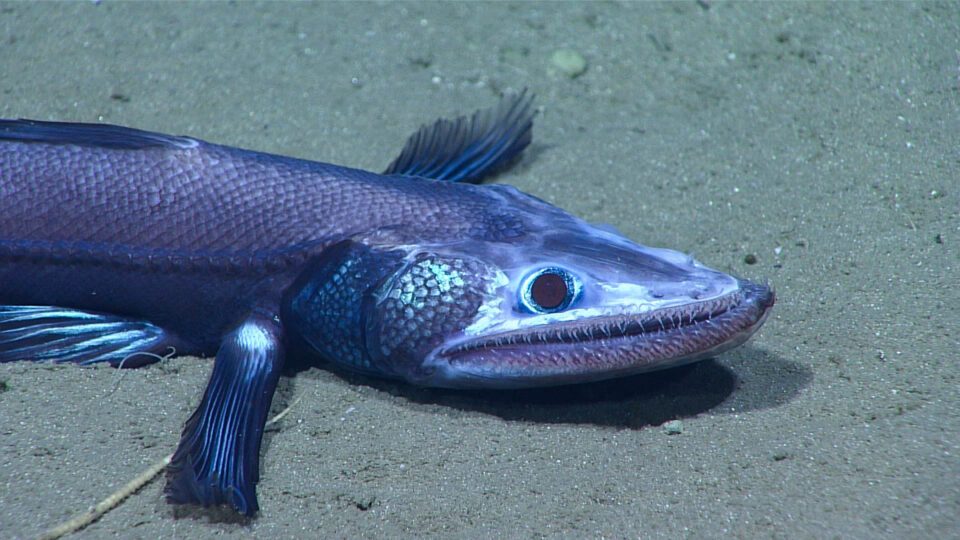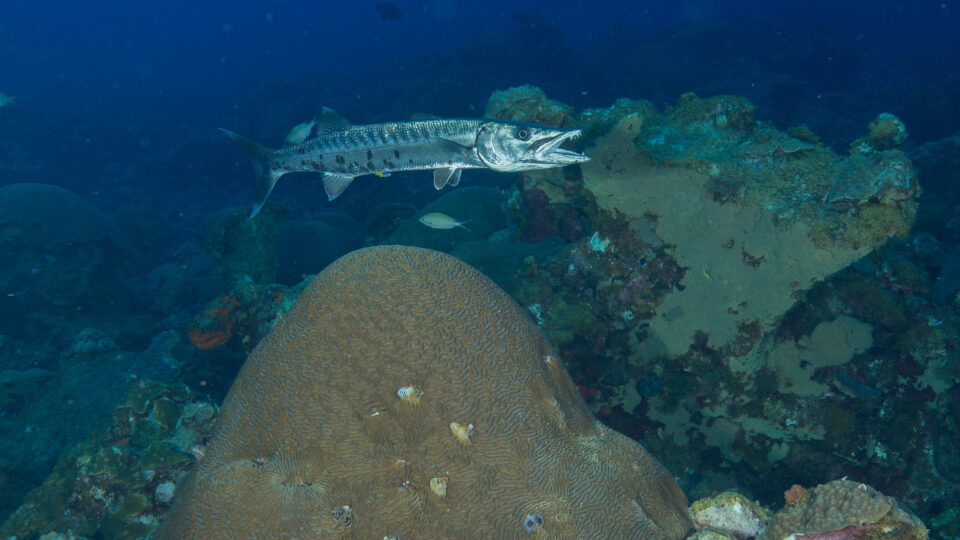Trawling is a method of commercial fishing that involves pulling or dragging a fishing net – called a trawl – through the water or across the seabed in hopes of catching fish. Commercial fishing companies favor towing trawl nets because large quantities of fish can be caught in one go.
However, the trouble with trawling is that it’s destructive to the seafloor and indiscriminate in what it catches. When towing these large trawl nets, the largest of which is reportedly big enough to catch thirteen 747 jets, everything that happens to be in the way gets caught. As a result, trawling results in lots of bycatch, a fishing industry term used to describe the deaths of non target species during the process.
In 2012, the Hong Kong government implemented a territory-wide trawling ban in its waters in hopes of rehabilitating the marine benthic habitat. The benthic zone refers to the ecological region at the bottom of the ocean.
Researchers from City University of Hong Kong collected sediment samples from 28 locations six months before the trawl ban and two and a half years after the trawl ban to see whether such interventions can facilitate ecosystem recovery.
According to the study, which was recently published in the journal Communications Biology, the ban on trawling significantly improved marine biodiversity. The researchers observed substantial increases in the richness of species and the abundance of benthic marine organisms following the trawling ban. And since small benthic organisms are the main source of food for large species like fish and crabs, the trawling ban actually helps support fisheries.
More governments should consider a trawl ban to promote sustainable fisheries and marine biodiversity conservation.
**********
Web Links
Research confirms trawl ban substantially increases the abundance of marine organisms
Photo, posted December 4, 2018, courtesy of John via Flickr.
Earth Wise is a production of WAMC Northeast Public Radio.


